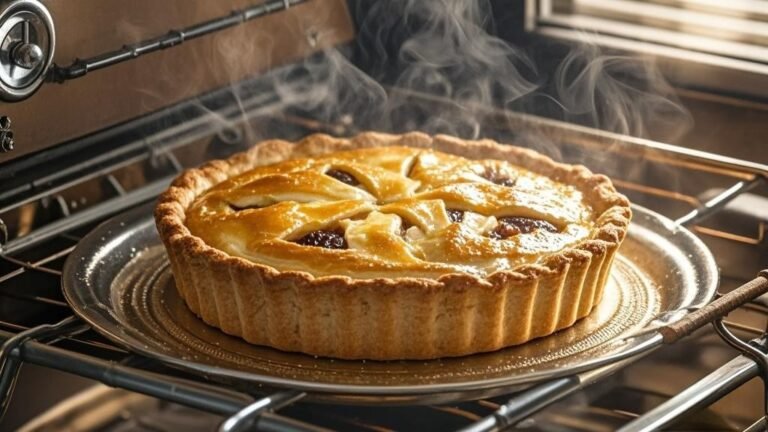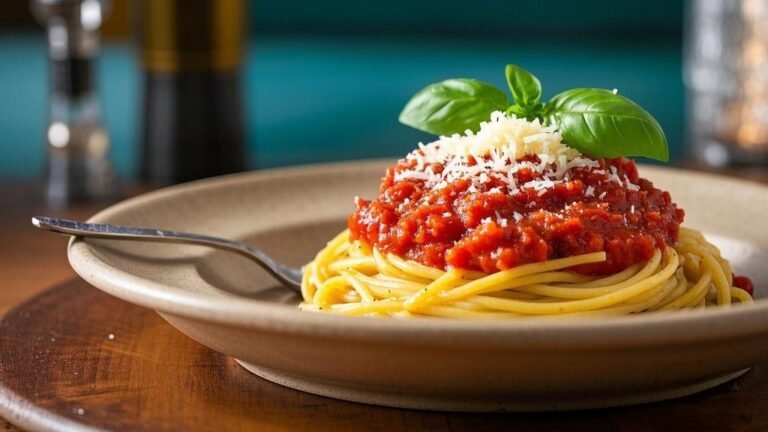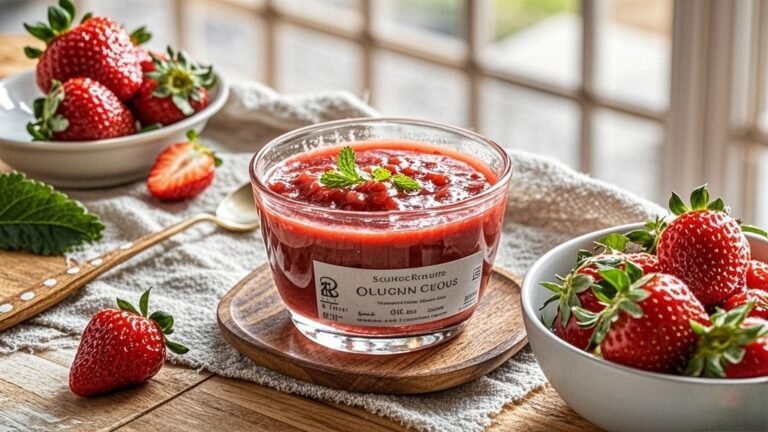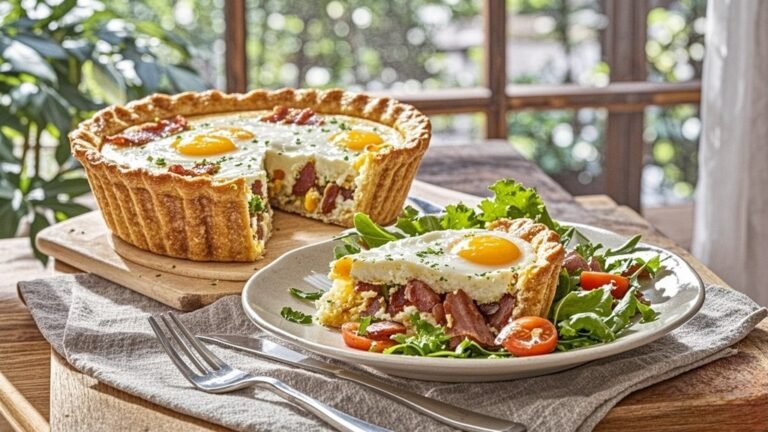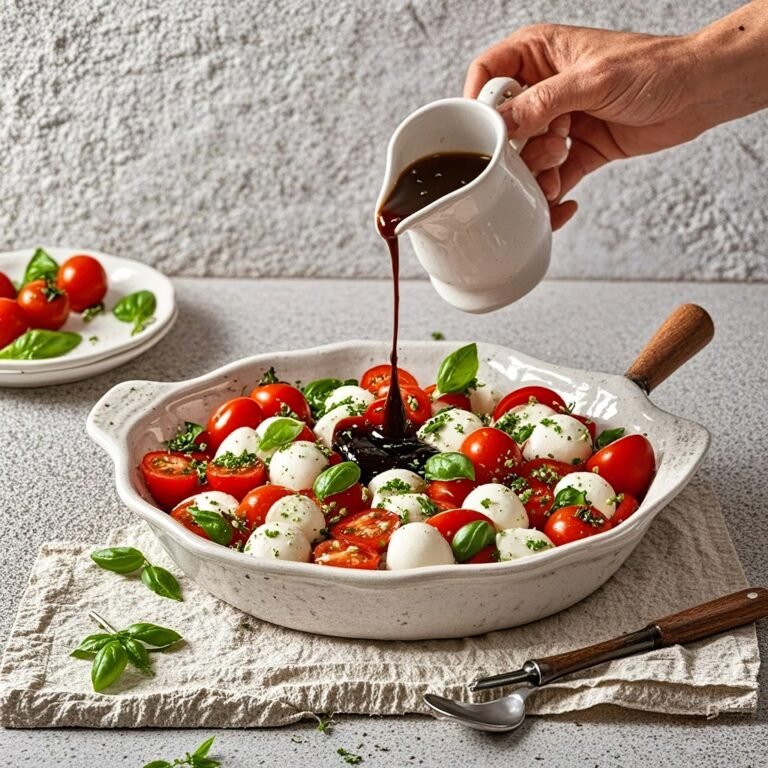mary berry eccles cakes recipe
mary berry eccles cakes recipe
I. Introduction
Mary Berry is a well-known figure in British cooking, celebrated for her kindness, skill, and ability to make traditional recipes easy for home cooks. Her long career has greatly influenced British food culture, as she often gives classic dishes her own special touch. Eccles cakes, with their flaky pastry and sweet currant filling, are a comforting favorite in British baked goods. This recipe showcases the delicious flavors of Eccles cakes while also sharing some history, nutritional details, and a vegan option for those who want plant-based choices.

II. Mary Berry’s Unique Approach & Historical Context
Mary Berry highlights how important it is to use good ingredients when cooking. For Eccles cakes, she suggests using fresh butter and plump currants, which make the taste and texture better. Eccles cakes began in the 18th century in Eccles, a town close to Manchester. They are made with rich, buttery pastry and filled with currants, and they were a popular snack for workers in the area.
Mary Berry’s recipe stays true to this rich history while introducing her personal touch—such as a hint of nutmeg for added warmth and flavor. According to various culinary sources, like “The Oxford Companion to Food,” Eccles cakes were originally known as “Eccles cakes” due to their association with the town, and they have evolved into a staple of British tea time.

III. Notices on Ingredients & Equipment
Ingredients:
- Pastry:
- 250g plain flour (use high-quality, fine flour)
- 125g unsalted butter (cold, diced)
- 1 tbsp sugar
- Pinch of salt
- Cold water (enough to form a dough)
- Filling:
- 200g currants
- 50g brown sugar
- 1 tsp ground nutmeg
- 1 tsp ground cinnamon
- Zest of 1 lemon
- 1 egg (beaten, for glazing)
Equipment:
- Mixing bowl
- Rolling pin
- Baking tray
- Cling film
- Pastry brush
- Sharp knife or pastry cutter
IV. Recipe Instruction
Prepare the Pastry: In a mixing bowl, combine the plain flour, sugar, and salt. After this, Add the diced butter and rub it in with your fingertips until the mixture resembles breadcrumbs.
Mix the ingredients and slowly add cold water, a tablespoon at a time, until you have a dough. Cover the dough with plastic wrap and let it chill in the fridge for at least half an hour.

Make the Filling: In another bowl, mix the currants, brown sugar, nutmeg, cinnamon, and lemon zest until well combined.
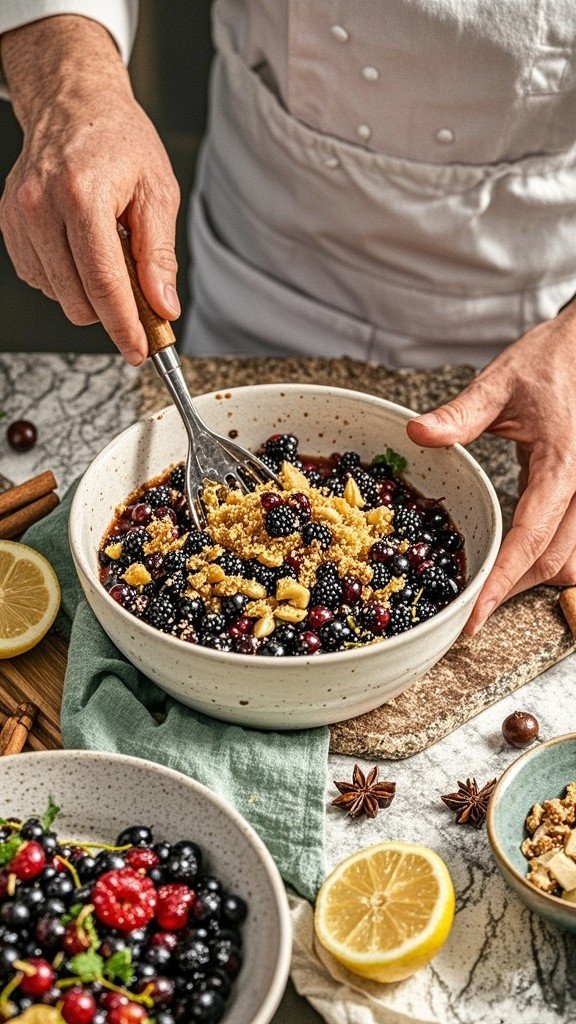
Roll Out the Pastry: On a floured surface, roll out the chilled pastry to about 3mm thick. After this, Using a round cutter, cut out circles of about 10cm in diameter.

Fill the Pastry: Place a spoonful of the filling in the center of each pastry After this, Fold the edges over to enclose the filling and pinch to seal.
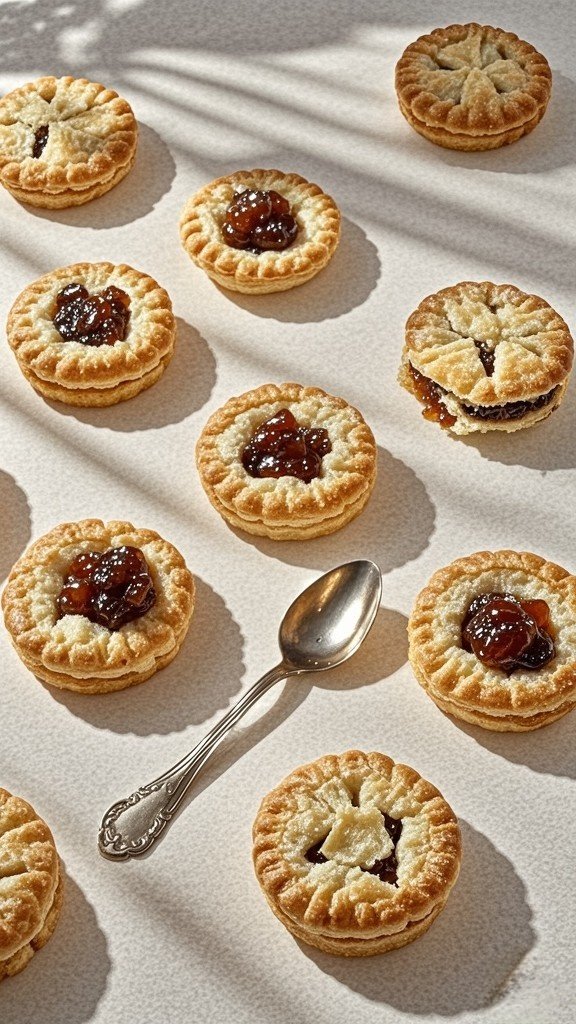
Shape and Glaze: Place the filled cakes seam-side down on a baking tray lined with parchment paper. Brush the tops with beaten egg and make a few small slits on top to allow steam to escape.

Bake: Preheat the oven to 200°C (180°C fan) and bake for 20-25 minutes until golden brown.
Cool and Serve: Allow the Eccles cakes to cool on a wire rack before serving.

V. Flavor Profile & Nutritional Information
Eccles cakes offer a delightful combination of flaky pastry and sweet, spiced filling. The rich butteriness of the pastry complements the sweetness of the currants, while the spices add warmth.
Nutritional Breakdown (per cake):
- Calories: 200
- Fat: 10g
- Protein: 3g
- Carbohydrates: 28g
- Sugars: 10g
- Fiber: 1g
VI. Tips for a Perfect Eccles Cake
- Troubleshooting Common Issues:
- If the pastry is too dry, consider adding a touch more cold water.
- For a watery filling, ensure the currants are well-drained before mixing.
- Enhancing Flavor and Texture:
- For a richer cheese flavor, try using aged cheddar in your recipes..
- Consider a breadcrumb topping for added texture.
- Suggested Variations:
- Add different dried fruits like raisins or sultanas.
- Incorporate fresh herbs like thyme for a savory twist.
VII. Alternatives (Vegan and Non-Veg)
Vegan Eccles Cakes:
- Ingredients:
- Substitute butter with vegan margarine.
- Use plant-based milk for a vegan glaze.
Instructions:
- Follow the same steps as above, ensuring all ingredients are vegan substitutes.
VIII. Recipe Variations & Serving Suggestions
- Serve warm with a dollop of clotted cream or vanilla ice cream for a delightful dessert.
- Pair with a cup of tea for a classic British afternoon treat.
IX. Storage & Reheating Instructions
- Store Eccles cakes in an airtight container at room temperature for up to three days.
- Reheat in the oven at 180°C for 5-10 minutes to restore crispness.
X. Frequently Asked Questions (FAQ)
- Can I freeze Eccles cakes?
- Yes, they can be frozen for up to approximately three months. Thaw and reheat before serving.
- What can I use instead of currants?
- Raisins or mixed dried fruits work well as substitutes.
- How do I make the pastry more flavorful?
- Add a pinch of sugar or a bit of lemon zest to the pastry for extra flavor.
XI. Conclusion & Call to Action
Mary Berry’s Eccles cakes are a delightful treat that combines tradition with a touch of modern flair. Their versatility makes them perfect for any occasion. Try this recipe today, and don’t forget to share your results and feedback!
For more delicious recipes, check out Mary Berry’s official website and explore a variety of culinary delights.
XII. Additional Resources
- Visit Culinary Hill for more recipes and cooking tips.

